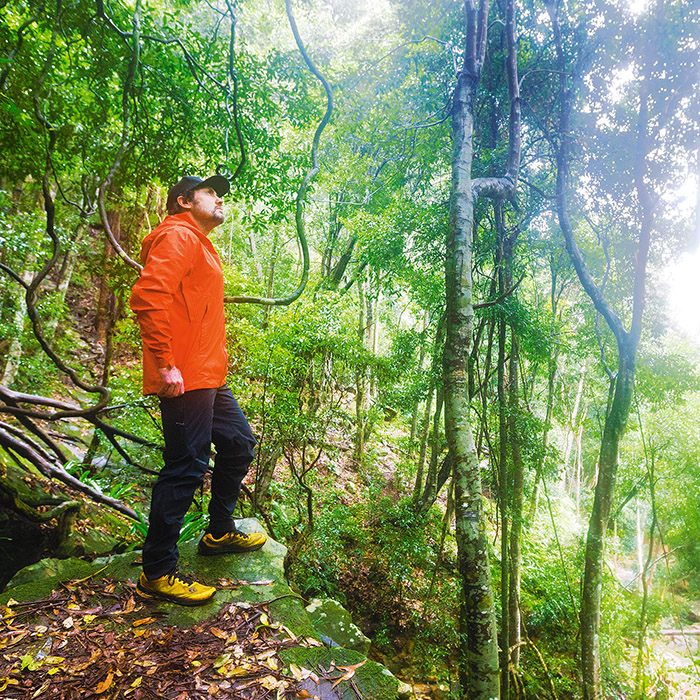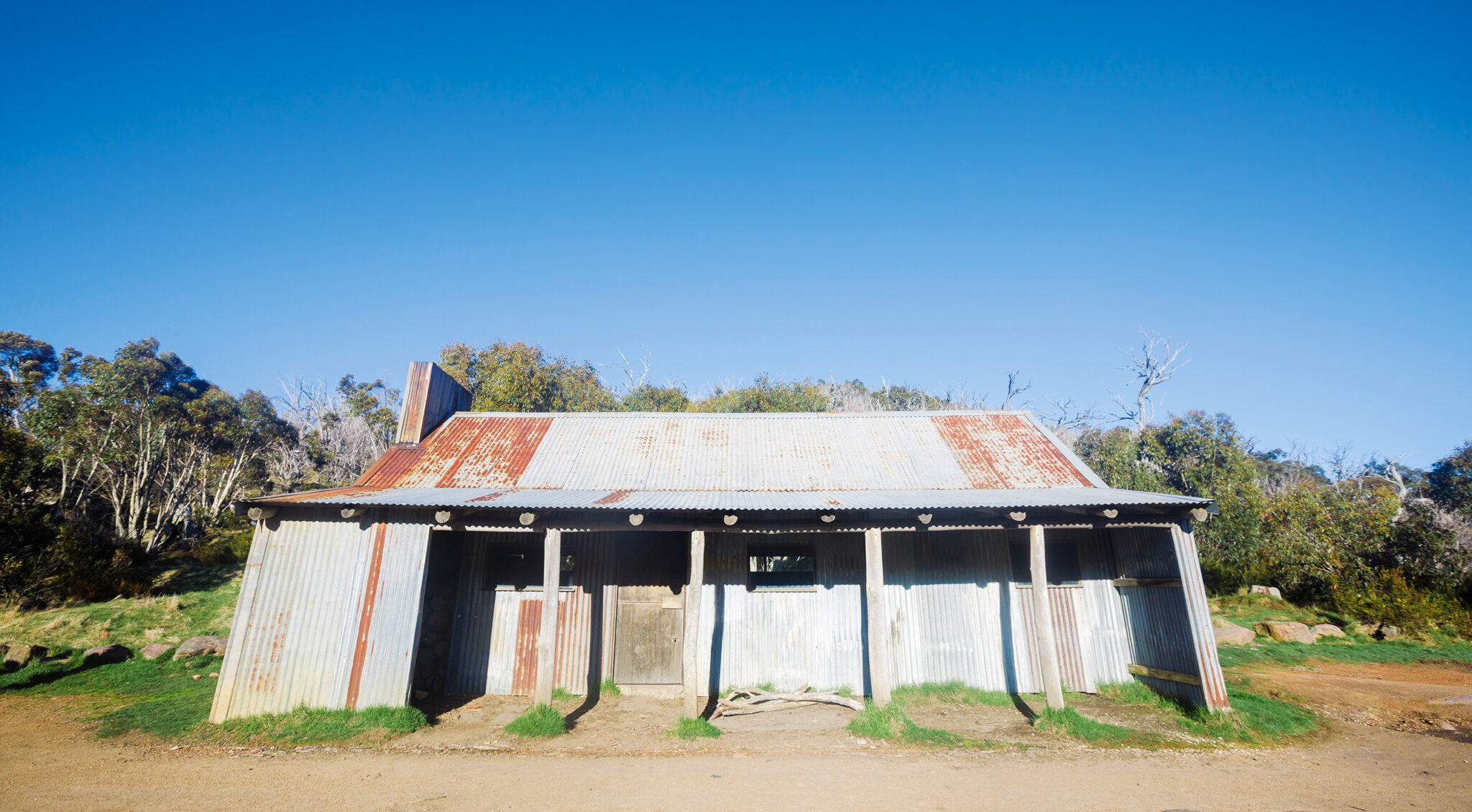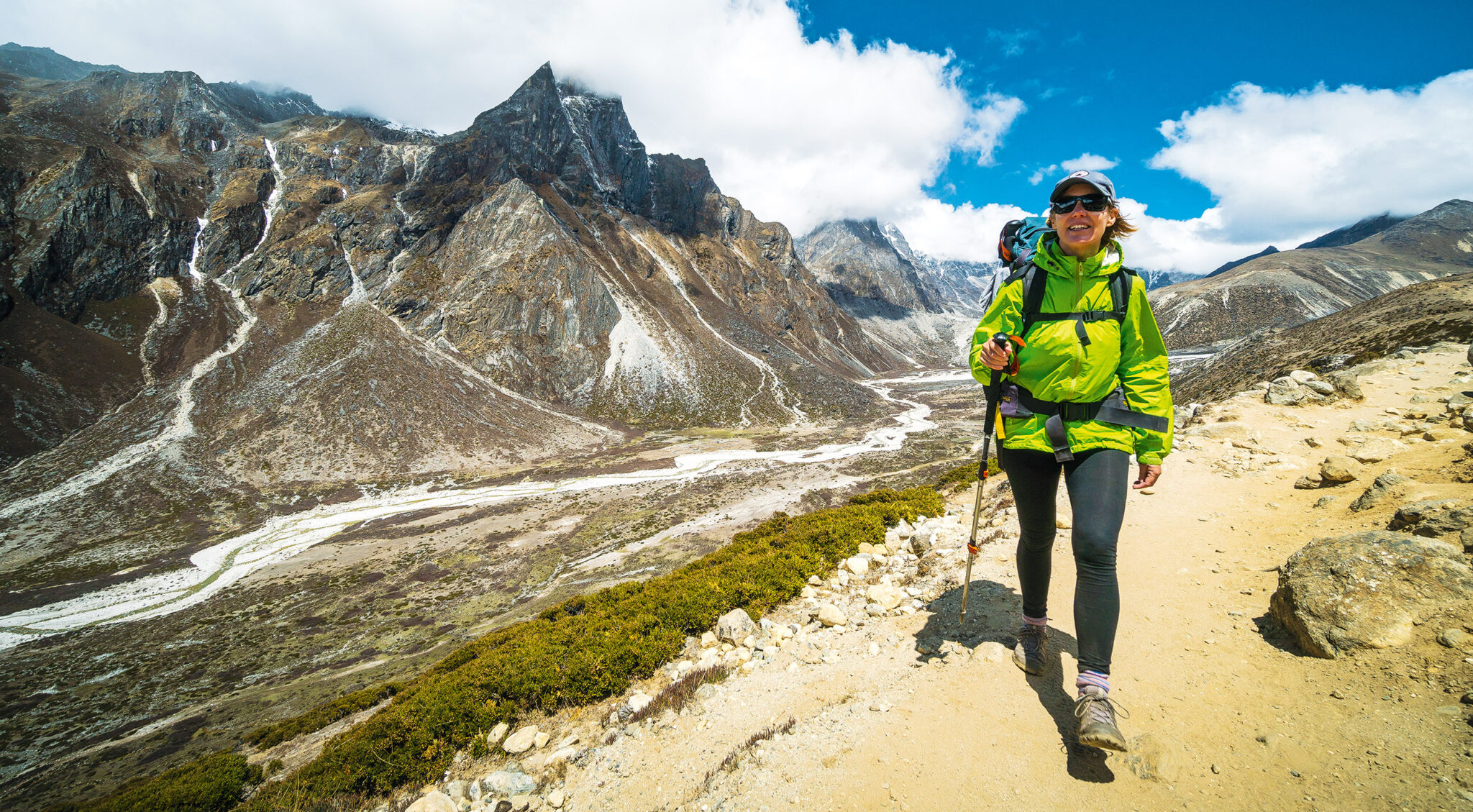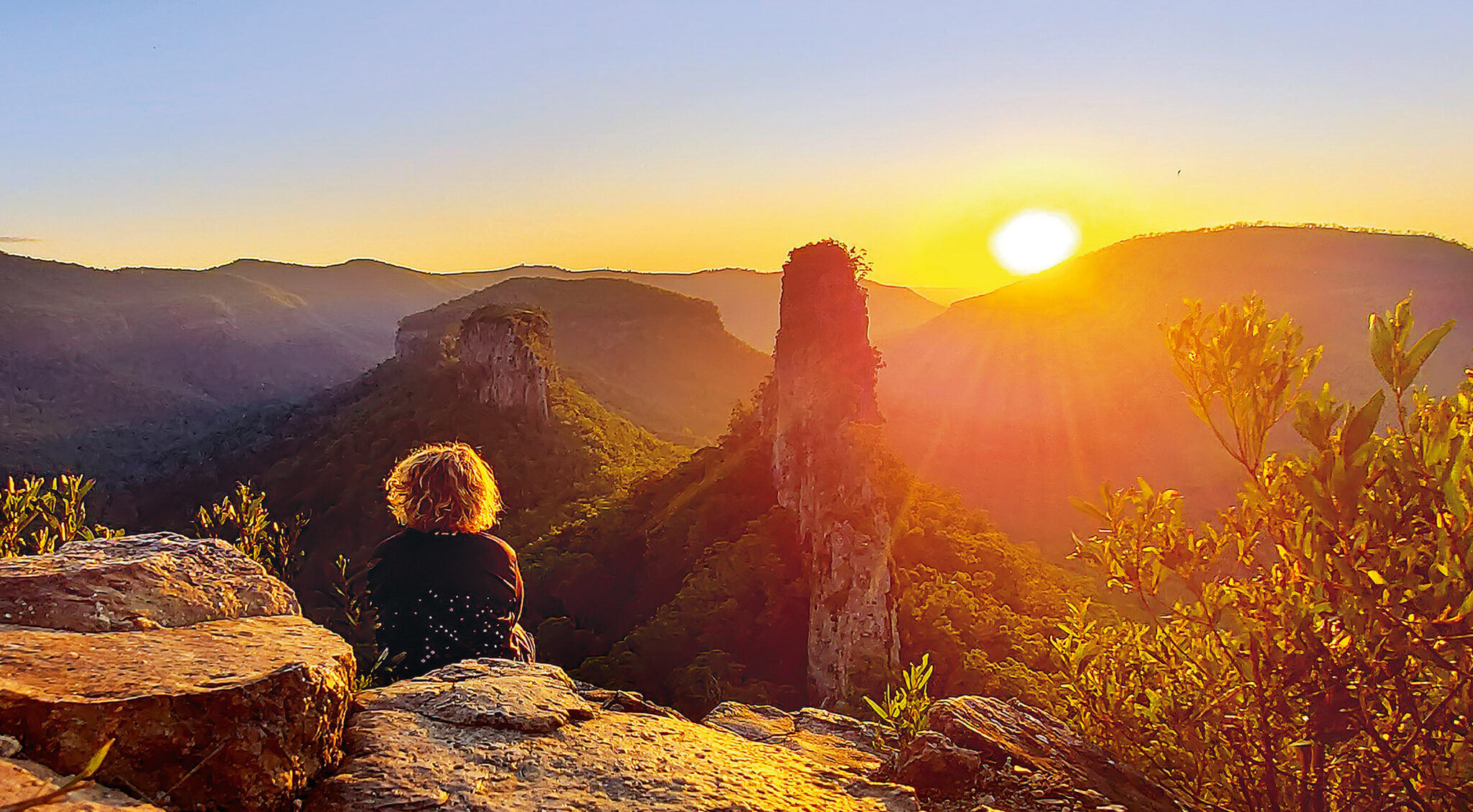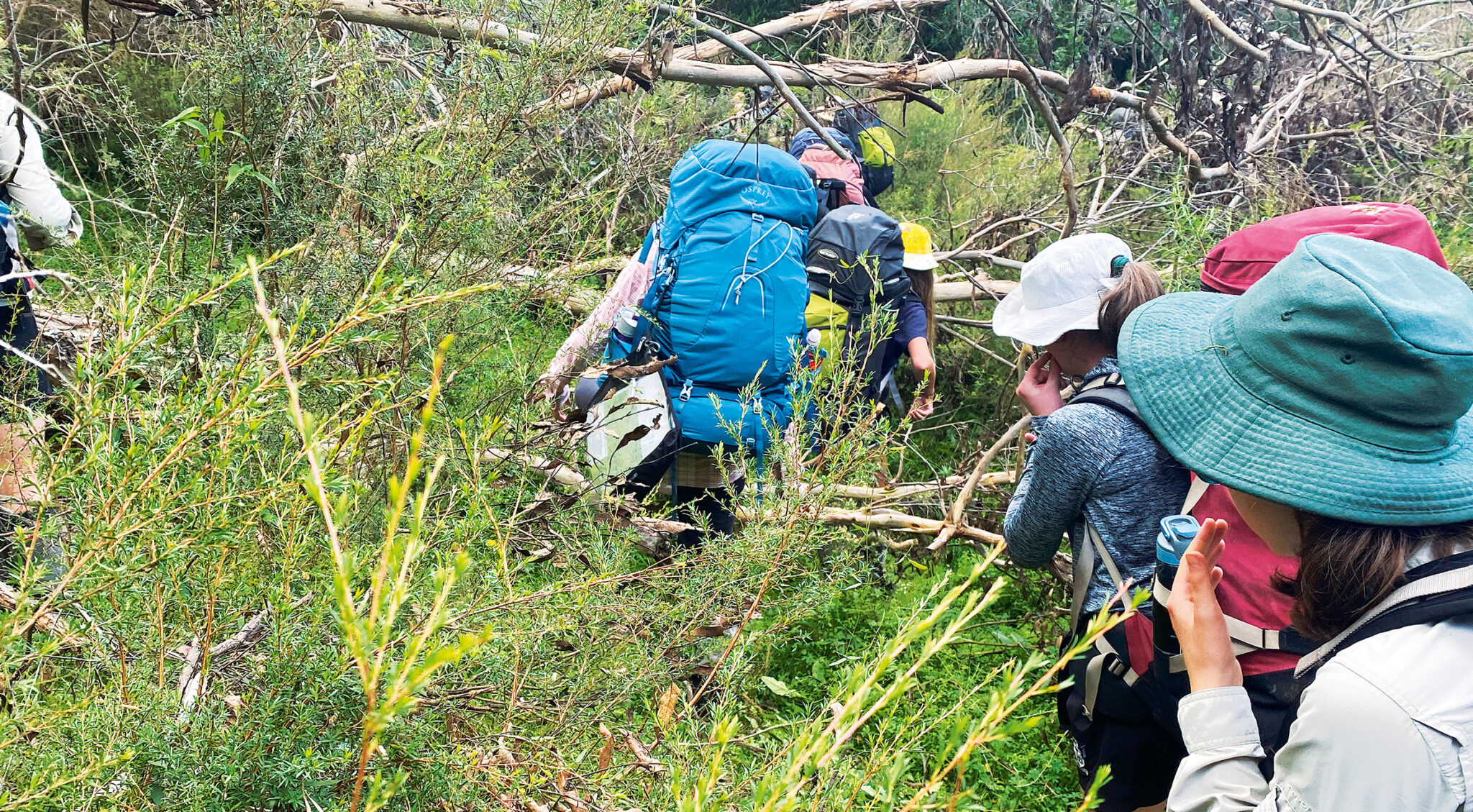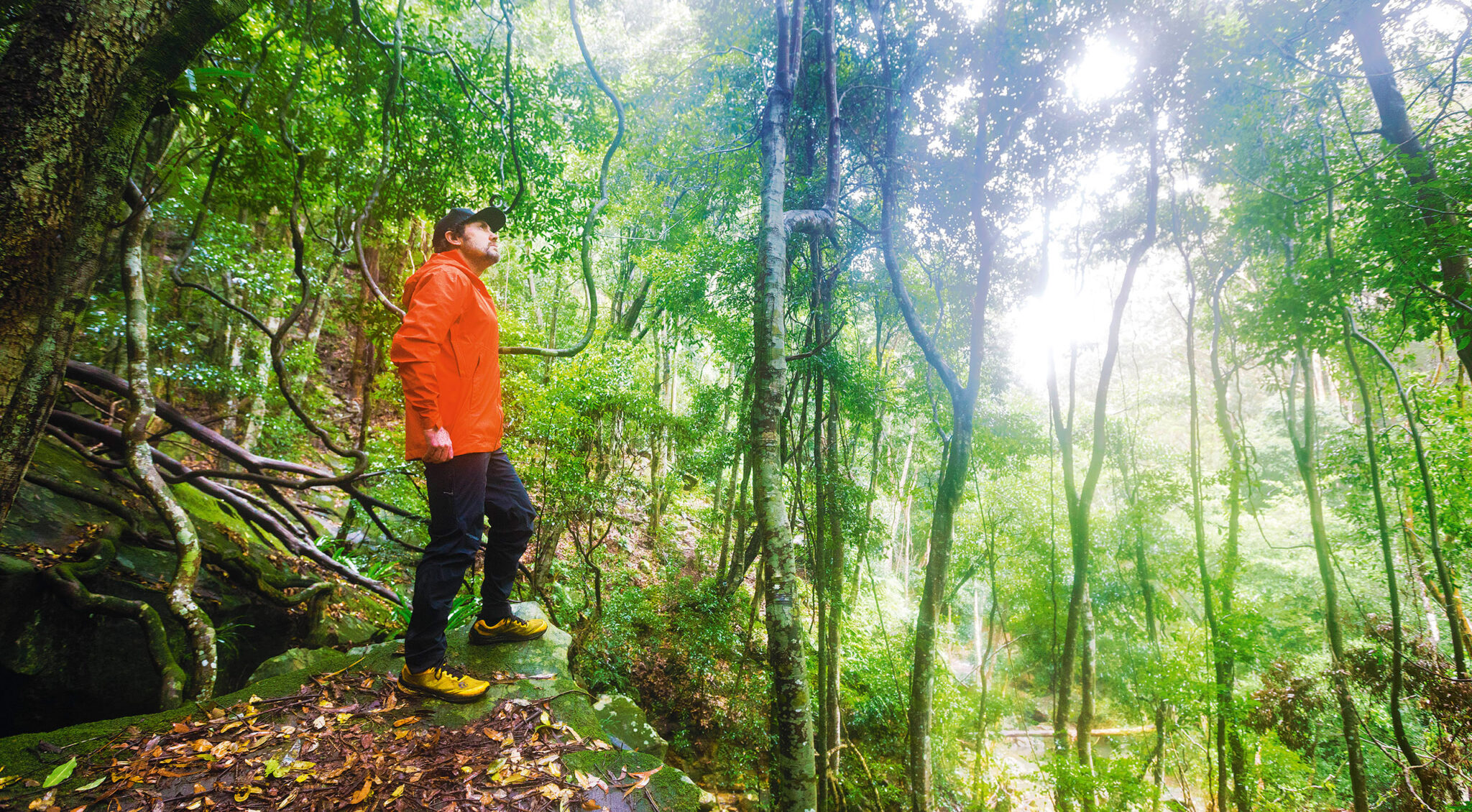From the Editor: Natural Diversity
Words & Image: James McCormack
Image caption: For 16 years I lived 150m from the Coke sign at Sydney’s Kings Cross; now I live 100m from this
(This story originally featured in Wild #189, Spring 2023)
The other day, I was bushbashing off-trail through rainforest near my home. It was lush and green. The smooth, clean trunks of coachwoods punched upwards. Vines looped from the sky. Ferns smothered the ground; the boulders were smeared with moss. The rain, meanwhile, was thumping down, and fat leeches sucked blood from my ankles. And what I was thinking about was…fish. Not the freshwater type that might swim up the clear, rushing creek I was walking next to; instead, I was thinking of the ocean variety, and what’s more, I was specifically thinking of fish from the other side of the planet.
You see, the rainjacket I was wearing, the one that was keeping me dry in this downpour, was once a South American fishing net. I wondered how many fish it had dragged in before it was recycled and transformed into the yarn this jacket was made from. It seemed to me extremely cool—if not a little surreal—to think about that, the fact that my jacket (which is reviewed in this very issue, BTW; see p138) had literally caught fish, likely thousands of them. I pictured them shimmering and silver-scaled, writhing and flapping en masse as they were dumped into the fishing boat’s hold.
“Now, I am not saying there is no beauty to be found in Australia’s dry sclerophyll forests like those around the Hawkesbury; I’m saying merely that rainforests sing to me more.”
But that wasn’t all I was thinking about in the midst of this lush greenery. I was also thinking about why I like deserts. And mountains. And rollicking grasslands. And why I like, especially, the rainforest. In truth, this affinity for rainforest had been dominating my thoughts lately, ever since, roughly eight months ago, my wife and I finally decided to jump for the first time into the crazy, overheated, overpriced fray that is the Australian property market. The house we bought is right next to rainforest; that for me, was one of the big factors influencing the decision to purchase.
We’d been living in the area for five years (having spent sixteen years prior living in one of Australia’s most densely populated areas, Sydney’s Kings Cross, literally within 150m of the famed Coke sign), so I’d had rainforest nearby for a while now; what I’d discovered in that time was just how important rainforest lushness is to me. In fact, when my wife and I thought about leaving the city five years earlier, we first looked at moving north to Brooklyn on the Hawkesbury River. It’s lovely up there: The water glitters on sunny days, and the sandstone cliffs above the water glow orange at sunset. But I quickly realised I could never move there; for me, the bush there was simply too dry. The ground seemed hard and rocky and sandy; too many of the plants were spiky and tough.
Now, I am not saying there is no beauty to be found in Australia’s dry sclerophyll forests like those around the Hawkesbury; I’m saying merely that rainforests sing to me more. I have, of course, considered the fact that there is likely an atavistic element to this, that the very fecundity of the rainforest signifies potential life and growth and sustenance. But then again, I am almost equally drawn to areas that are seemingly inimical to life, such as high mountains and deserts and the inky depths of canyons. The dramatic paucity of vegetation in those places seems to be part of their beauty.
“Nature meant anywhere outdoors, with no differentiation between what going to the desert might do for us psychologically as opposed to visiting a rainforest or a mountain or an empty, long beach.”
The thing is, we each have our own sometimes inexplicable likes or dislikes for certain natural landscapes. I know, for instance, people—and I’m talking about nature-loving, outdoorsy folk—who hate my beloved rainforest. It’s too dark, they say. Too enclosed. Too stifling. Too wet and muddy. And it has—and here they have a point—those fricken leeches, as well. Give me, they say, a bright, airy, light-filled eucalypt forest any day. In short, whether you’re talking coastlines, rivers, cliffs, mountains, plains, forests, oceans, deserts, jungles—the list goes on—we react to them all differently. It was an aspect left out of the dialogue during the COVID lockdowns. While it was often discussed that we had collectively, as a society, realised that getting into nature was important for us, ‘nature’ was inevitably lumped together. Nature meant anywhere outdoors, with no differentiation between what going to the desert might do for us psychologically as opposed to visiting a rainforest or a mountain or an empty, long beach. In short, left out of the discussion was the fact that different landscapes have different emotional impacts, not only between individuals, but within individuals as well.
I don’t know that I really have a point with all of this. I guess, if anything, it’s merely to celebrate natural diversity. Getting outdoors anywhere is good, of course, but what makes it even better is the fact we have—if funds and time are not prohibitive—the freedom to go to those landscapes that offer the deepest emotional impacts for us. Take advantage of this. Go afield. Go to meaningful places, and don’t stick close to home if it’s merely because of laziness that you do so. And if you come to the rainforest, rejoice in its abundance. Just watch out for those damn leeches.

